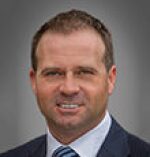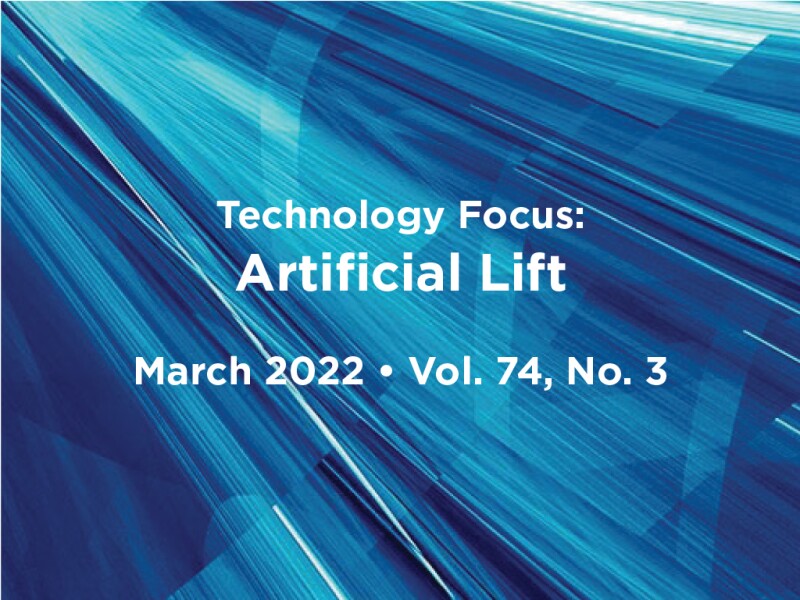What is the one thing you can do that will provide the greatest benefit to your artificial lift operations? For me, the answer to that question is simple: focus on surveillance. Surveillance is the foundation of any artificial lift optimization program. Effective surveillance practices allow you to keep track of how your system is performing against predefined targets, understand the current state of your artificial lift system, and identify which wells are at risk of failure. It also helps you identify ways to prevent failures through better selection, design, and application of artificial lift technology.
At the heart of any effective surveillance program is a set of thoughtfully selected key performance indicators (KPIs). Establishing surveillance KPIs helps you set goals and track your progress against them so that you can zero in on the areas in greatest need of improvement. Typical KPIs include production volumes, operational expenditures, downtime, capital expenditures, failure frequency, and intervention frequency.
A variety of tools and techniques are used daily to monitor and control the performance of artificial lift systems. As technology has evolved, so have these surveillance practices.
Historically, artificial lift surveillance was performed using manual techniques, such as measuring and evaluating produced volumes, collecting acoustic fluid levels, evaluating two-pen charts and amp charts, collecting and analyzing dynamometer cards, collecting pressure and temperature surveys, performing teardowns and root-cause failure analysis, and using well and network models to understand system performance better. As automation technology developed, these techniques were enhanced through real-time data collection, the use of permanent downhole gauges, and real-time control using wellsite intelligence. With the introduction of automation, exception-based management techniques were introduced to leverage the time and energy of personnel to the greatest benefit. This allowed operators to focus their efforts on dealing with “bad actors” and finding “low-hanging fruit” rather than spending their time looking at every single well each day.
Today, artificial lift surveillance practices continue to evolve through data-science and data-analytics techniques. Data analytics allow operators to put an ever-growing volume of data to work. Such techniques, generally classified as descriptive analytics, diagnostic analytics, predictive analytics, and prescriptive analytics, often combine statistical and physics-based principles to find opportunities faster than traditional practices can. Descriptive analytics allow operators to answer questions about what has happened, diagnostic analytics help operators answer questions about why the events happened, predictive analytics help operators answer questions about what will happen, and prescriptive analytics help operators answer questions about what should be done.
This month’s JPT features examples of three such systems. Paper SPE 207290 provides an example of how automated well models are being used to improve the performance of progressing cavity pumps in a large Middle Eastern asset. Paper SPE 200825 shows how one operator is using artificial neural networks to predict failures in sucker rod pumping applications. Finally, paper IPTC 20254 shows how genetic algorithms can be used to accelerate the surveillance and optimization of a large population of gas lift wells. As an added bonus, one of our recommended papers for further reading, paper SPE 207550, illustrates how data analytics techniques are being used to predict failures in electric submersible pumping applications.
This Month’s Technical Papers
Automated Well Models Improve PCP Surveillance and Optimization
Analytic Solutions Help Predict Sucker-Rod-Pump Failure
Numerical Simulation of Gas Lift Optimization Uses Genetic Algorithm
Recommended Additional Reading
SPE 208136 Gas-Lift-Valves Replacement in Norway Field Using Riserless Light Well Intervention Vessel by Antonio Fiameni, Eni, et al.
SPE 207550 Real-Time Implementation of ESP Predictive Analytics—Toward Value Realization From Data Science by Antonio Andrade Marin, Petroleum Development Oman, et al.
URTEC 208406 Statistical Process Control for Early Detection of Progressive Cavity Pump Failures in Vertical Unconventional Gas Wells by Suren Indrajith Rathnayake, The University of Queensland, et al.

Greg Stephenson, SPE, is a senior engineering adviser for artificial lift in Occidental Petroleum’s Worldwide Engineering and Operations Group in Houston. In this role, he provides technical support, mentoring, and training for multiple artificial lift techniques. Stephenson specializes in various aspects of artificial lift, production surveillance, automation, and optimization. He has taught numerous industry courses throughout the world and written a variety of technical papers and publications on the subject. In addition to his work at Occidental, Stephenson currently serves on the JPT Editorial Review Committee and the SPE Production and Facilities Advisory Board and has served as the program chairperson for the 2018 SPE Artificial Lift Conference and Exhibition—Americas. He also serves on the board of directors of the Artificial Lift Research and Development Council, and he chairs API Task Group 19G, which manages 25 product standards, recommended practices, and technical reports related to artificial lift technology. Stephenson holds a BS degree in petroleum engineering from Texas Tech University. He can be reached at greg_stephenson@oxy.com.

